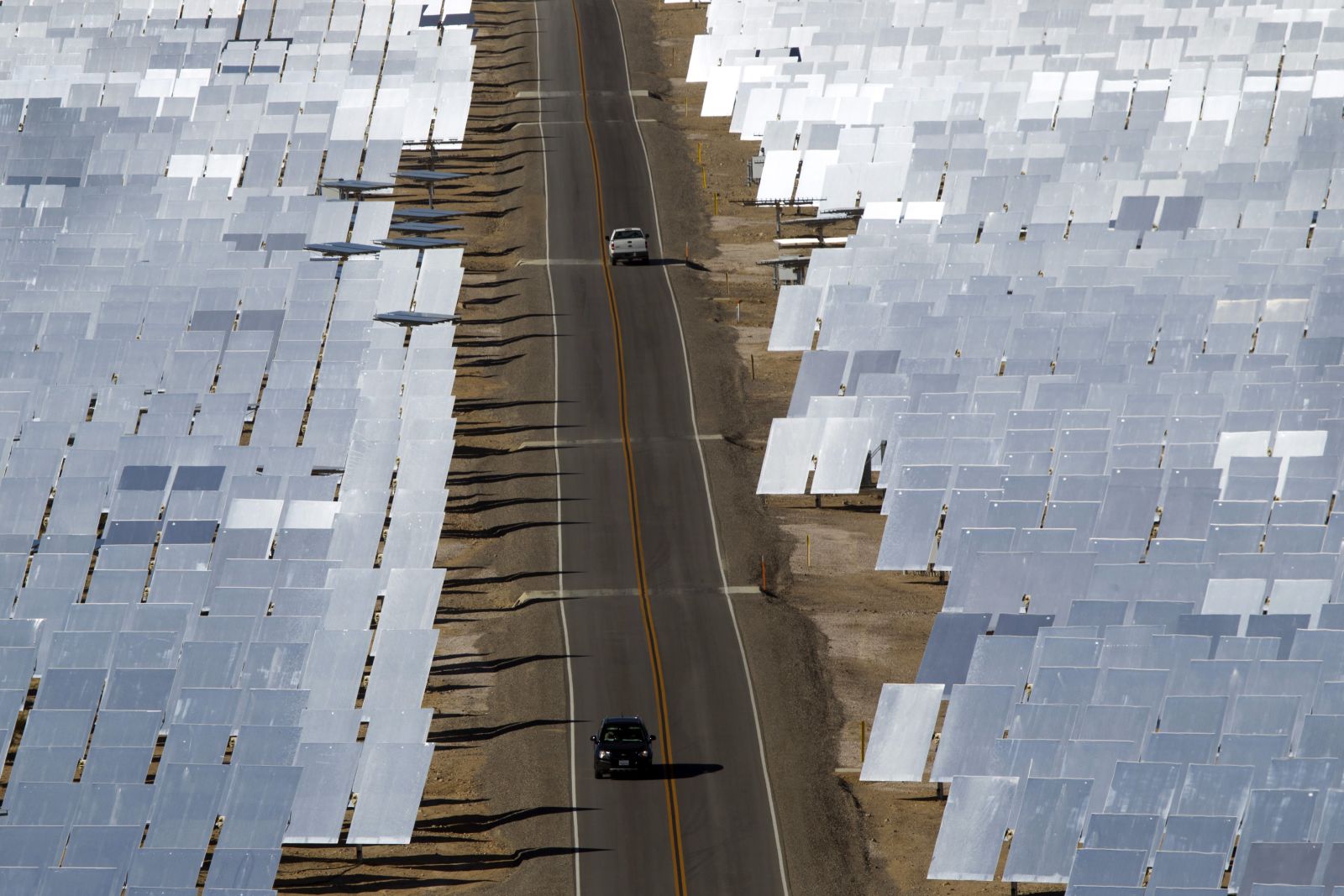Ladies and gentlemen, the winners and losers of the electric car race (so far)
After years of false starts and broken promises, electric vehicles are finally hitting the road. But for all the hoopla around companies like Tesla, the electric car market has barely put a dent in the sales of gas-powered cars and trucks. Of the 17.5 million cars sold in the US each year, less than 1% are fully electric.


After years of false starts and broken promises, electric vehicles are finally hitting the road. But for all the hoopla around companies like Tesla, the electric car market has barely put a dent in the sales of gas-powered cars and trucks. Of the 17.5 million cars sold in the US each year, less than 1% are fully electric.
It will not stay that way for long: Britain, France, Germany, India, and Norway all aim to go fully electric in the coming decades, and eight other countries have set ambitions EV goals. Anyone who thinks this transition will happen quickly, however, should settle in for a long ride. Charging infrastructure, battery prices, and public acceptance remain major barriers for EVs.
Who’s winning the electric car race so far?
AlixPartners, a global business advisory firm, launched a new index this month to track the progress of companies and countries electrifying their vehicle fleets. As a whole, the world is barely off the starting line. Globally, the share of electric vehicles (EV), not including hybrids, is under half a percent even as it edged ahead in a handful of countries.
Signs of progress are clear when you dig into the data. No country has done more (on a per capita basis) than Norway to go electric. In September, all-electric and hybrid vehicles accounted for a record 60% of new car sales, reports the Financial Times (paywall). Electrek reports 27% of new cars sales in Norway this June were fully electric. Those numbers are still rising fast thanks to generous subsidies and incentive policies. The country is aiming for zero emissions of all new cars by 2025. Even AlixPartners’ analysis which excludes hybrids and EVs with ranges below 311 miles (500 km)—most of the country’s EVs still have less than 400 km range—Norway is leading the way.
It’s easier for small countries with generous incentives to move the needle (Norway only has 5.2 million people and big budgets). But the real impact is happening in the world’s largest car markets: China and the US. Selling a combined 45.5 million cars per year, the world’s two largest economies are set to put the most electric cars on the road in the coming years. China seized the lead in 2014, and shows no signs of slowing. It is growing at twice the global average rate of 42% per year, according to Fleetcarma, despite being the world’s largest market. Globally, China accounted for 45% of all EV sales last year (although Chinese authorities still need to deal with subsidy cheating, faulty reporting, and a coal-dominated electricity grid).
Of course, what ultimately matters is miles. For electric cars to dent emissions and fossil fuel consumption, the cars must displace conventional vehicles. To measure this potential, AlixPartners looked at the total “e-range” of electric vehicles sold. It summed the total electric battery range of all hybrid and EVs sold. It found that China leads the pack with total potential range of 13 million miles for all-electric vehicles, nearly triple the US, its nearest contender.
American electric car maker Tesla leads the world in devoting its entire lineup to electric vehicles, but Volkswagen, Volvo, and GM have announced they will go all-electric the coming decades. China’s market, split among dozens of EV manufacturers, has also seen several manufacturers make EVs a centerpiece of their lineup. Tesla (which has provided Daimler, Toyota and other companies with electric powertrains) is now focused almost exclusively on its own EVs: its first mass-market vehicle, the $35,000 (base price) Model 3, as well as the luxury Model S and X. The rest of the field will have to play catch up. Behind Tesla and eight Chinese companies, BMW brings up the rear with 0.7% share of is vehicles as EV in the second quarter of 2017.
Correction: The last chart was corrected to reflect the fact that it shows the share of electric vehicles of each manufacturers’ volume, not market share. Daimler was also a partner for Tesla’s batteries.